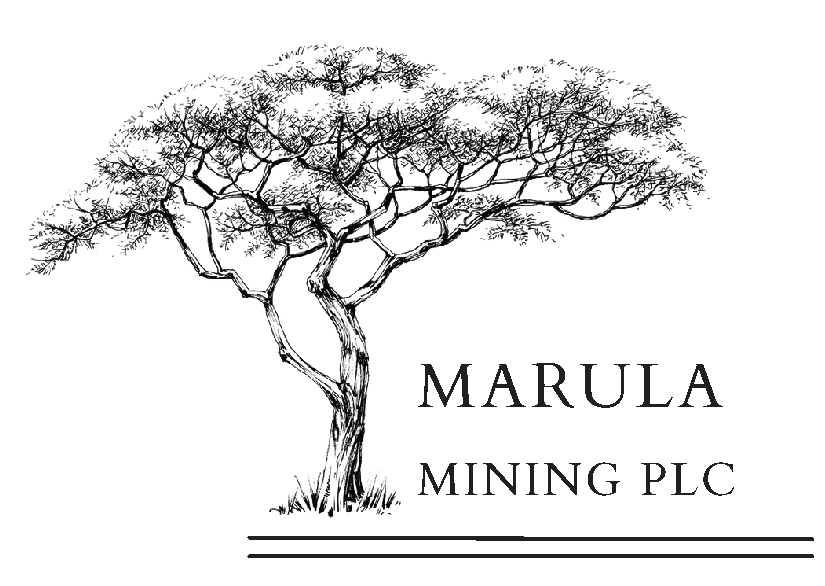An over R26 million ($1.37 million) resource drilling exploration and project planning programme at the South African Blesberg lithium and tantalum mine has been authorised by UK-listed, Africa-focused miner Marula Mining.
Blesberg project
The Northern Cape province’s Blesberg project is regarded as one of the biggest mineralized pegmatite deposits in existence. Additionally, it has historically been the nation’s main tantalum producer.
Historically, the area produced tantalite, feldspar, bismuth, beryl, mica, and spodumene concentrate (which contains lithium). Lithium oxide deposits were found in samples taken in 2016 and measured between 1.27% to 6.42%.
The project’s prospecting licence and additional licensing regions will be the subject of an aerial geophysical investigation, as well as 2,900m of 38-hole diamond drilling, exploration trenching and geological modelling.
Read also: IoTDC, Davra partner to develop mining safety, monitoring software in South Africa
Blesberg project lineup
The initiative will also include research on the design of open-pit mines, early mining operations, slope stability, groundwater and geohydrology, and environmental management.
The Blesberg prospecting licence and an extra 1,200 km2 region will be covered by the aerial research, which will have a survey size of 539 line kilometres and a line spacing of 100 m.
Through a collaboration that was announced in January of this year, Q Global Mining, a subsidiary of Q Global Commodities, is funding the programme.
Q Global agreed to contribute £3.75 million ($4.76 million) as part of the conditional subscription agreement towards the purchase of up to one billion shares of Marula Mining.
Jason Brewer, CEO of Marula Mining, stated: “Our operations at the Blesberg Lithium and Tantalum Mine are progressing quickly. We are now going forward with a resource drilling exploration and mining plan in addition to continuing to advance the mining and processing of the high-grade spodumene and lithium mineralization in the historic stockpiles.
This research will help us understand the opportunity that Blesberg, in my opinion, offers Marula and stockholders.
It is crucial to emphasise that our ability to make these commitments for the planned resource drilling exploration and mining programme and move ahead so rapidly is due to the financial arrangements and steadily improving relationship we have with Q Global Commodities.
Meanwhile, Uganda is now working to launch its first oil and gas operations. Since it is a landlocked nation, all of its resources are on land, concentrated around Lake Albert’s western border with the Democratic Republic of the Congo. The initial discoveries were discovered almost 15 years ago with the Kingfisher-1 well on the lake’s southern end, and the greatest basin finds to date, the Jobi-Rii discovery, was made in 2009 on the lake’s northern end.
In 2015, Uganda had its first licensing round, with 6 blocks and 2 licences being made available. After a protracted process, Tullow, which operated the blocks for several years and produced numerous discoveries, sought to farm down in 2017. This was rejected, but in 2020, it was decided that Tullow would sell its entire ownership stake in the projects to Total. Due to the effects of COVID-19 and tighter budgets, the surviving partners, Total and CNOOC were unable to make a final investment decision until 2020. The businesses persisted in pushing for approval of the massive Tilenga and Kingfisher projects, and on April 9, 2021, a decision was made. The first oil is anticipated to be produced in 2025.
What are the exploration and production market’s market dynamics in Uganda?
Following years of delays and arguments amongst the parties concerned, Total and its partners have agreed on a course of action for the nation’s showpiece oil ventures, giving hope to Uganda’s oil and gas sector. The growth of Tilenga and Kingfisher will enable the nation to access its substantial oil reserves and provide essential infrastructure for additional regional development.
After the final investment decision (FID) was reached in April 2021, production from the two major projects (Kingfisher and Tilenga) is anticipated to start in 2025, assuming no significant hurdles are encountered during the building and commissioning phases. The vital East Africa Oil Pipeline (EACOP) and its projected path was the main impediment to the construction and what slowed down discussions between the government authorities and the partners. A major obstacle was overcome in September 2020 with the signing of a host government agreement between Tanzania and Uganda, through which the pipeline for the $3.5 billion projects will travel.
Peak production for the nation would be attained by 2028 if these developments go into operation in 2025, generating 230,000 barrels of crude oil per day, with 190,000 coming from the Tilenga, operated by Total, and 40,000 coming from the smaller Kingfisher, operated by CNOOC. By 2025, Uganda will rank as the eighth-largest oil producer in the area because of this output. The Ugandan government has set legal limitations on flaring; however, some quantities may be flared or vented in order to preserve operational safety. Along with the oil, there is some associated gas that will mostly be used for power production.
